The aftermath of the anonymous New York Times op-ed shows that the saga of the Trump Presidency continues to get weirder day after day.
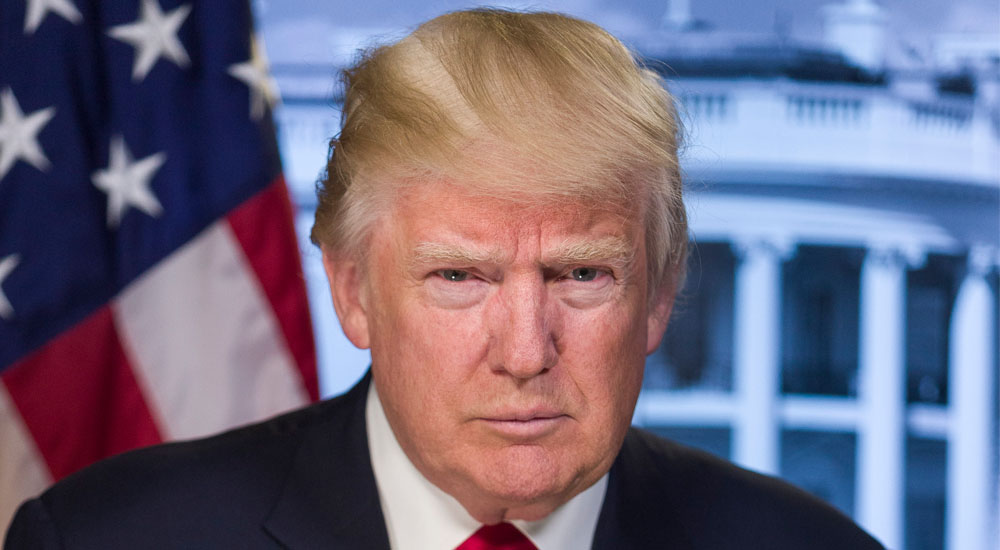
Virginia's Public Square
Virginia's Public Square

The aftermath of the anonymous New York Times op-ed shows that the saga of the Trump Presidency continues to get weirder day after day.

In Virginia’s Fifth Congressional District, Republican candidate Denver Riggleman and Democratic candidate Leslie Cockburn went head-to-head in a debate last night, discussing everything from President Trump, to the economy, to laws surrounding firearms. Though, the main point during the debate centered on the state of the U.S. healthcare system and how people pay for care.
For over an hour, as reported by NBC 29, Riggleman and Cockburn sparred on the topic of healthcare. Cockburn pledged her support for a single-payer, “Medicare for All” healthcare system. In her explanation of the proposed system, the author and journalist cited Canada and Germany, two countries which operate with a single-payer system, as a prime example of the plan, with her saying that people in those countries pay half of the cost compared to the U.S. healthcare system.
During the exchange of viewpoints, the debate moderator asked Cockburn: “What if I have employer-provided heath insurance, and I like it?”
Cockburn replied: “First of all, you would, definitely, in any of these proposals, and there are several of them, you would be able to keep your employer insurance on the exchange.”
We’ve heard this one before. We all know how it turned out.
Under the Affordable Care Act (ACA), many people liked their insurance plan and their doctor, but they could not keep their insurance plan or their doctor…period.
Medicare for All, or M4A, a plan championed by Bernie Sanders, will cost $32.6 trillion, all paid for by taxpayer dollars.
A study conducted by the Mercatus Center of George Mason University, “The Costs of a National Single-Payer Healthcare System,” found that plan would, under conservative estimates, increase federal budget commitments by the above amount during its first 10 years of full implementation, 2022 through 2031, assuming enactment in 2018. The projected increase in federal healthcare spending would equal approximately 10.7 percent of Gross Domestic Product (GDP) in 2022, rising to nearly 12.7 percent of GDP in 2031, and further thereafter.
Riggleman countered her point with a prediction that Medicare would become bankrupt by 2025, adding that people should be able to choose their own care, not the federal government.
“It’s cruel and unusual punishment to think the government can take care of everyone’s healthcare,” Riggleman said.
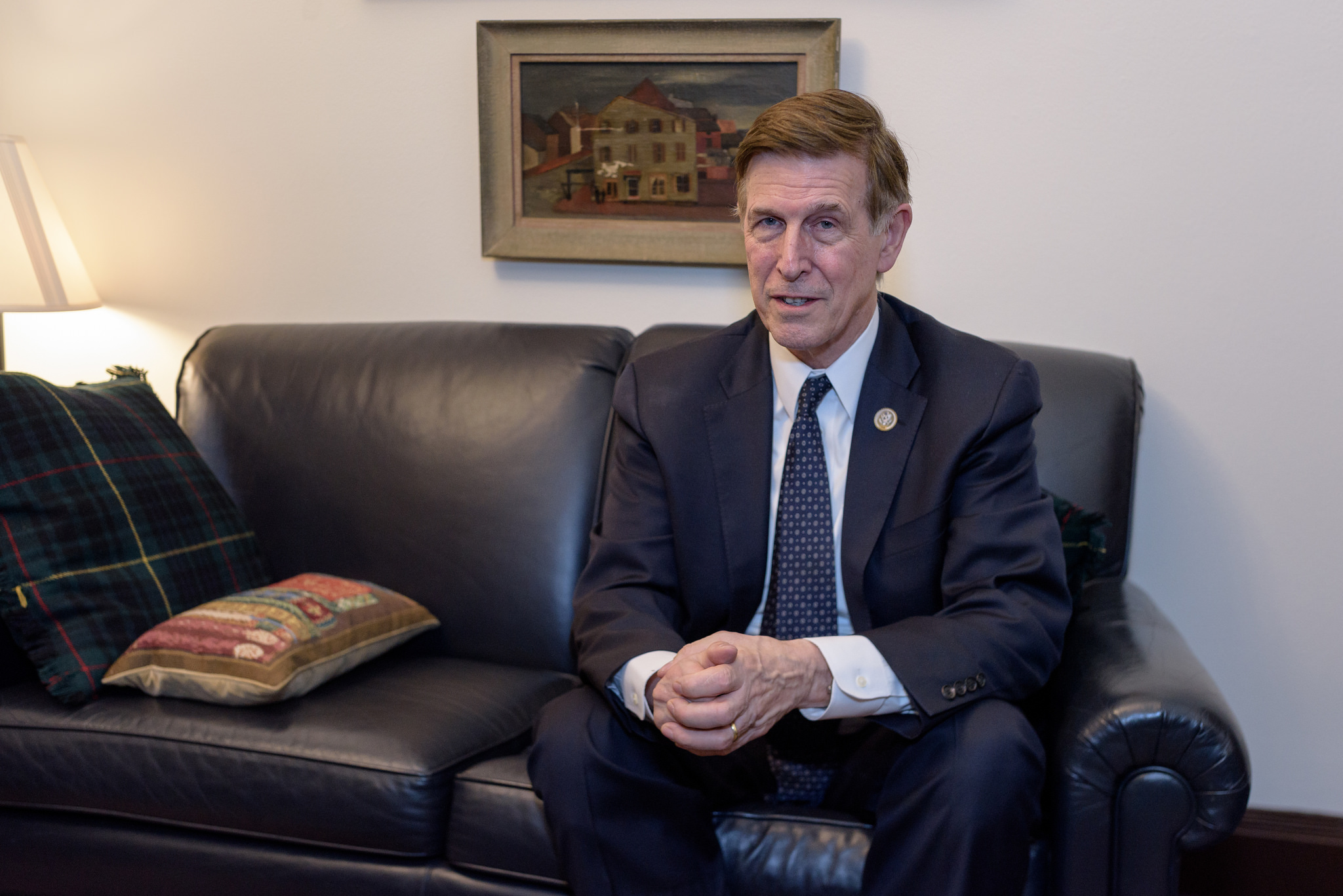
It is quite possible that elected Democrats have now realized the consequences of removing President Trump from office. If they lose, they face ending their careers. If they succeed, they get, arguably, the most conservative man in elected U.S. politics.
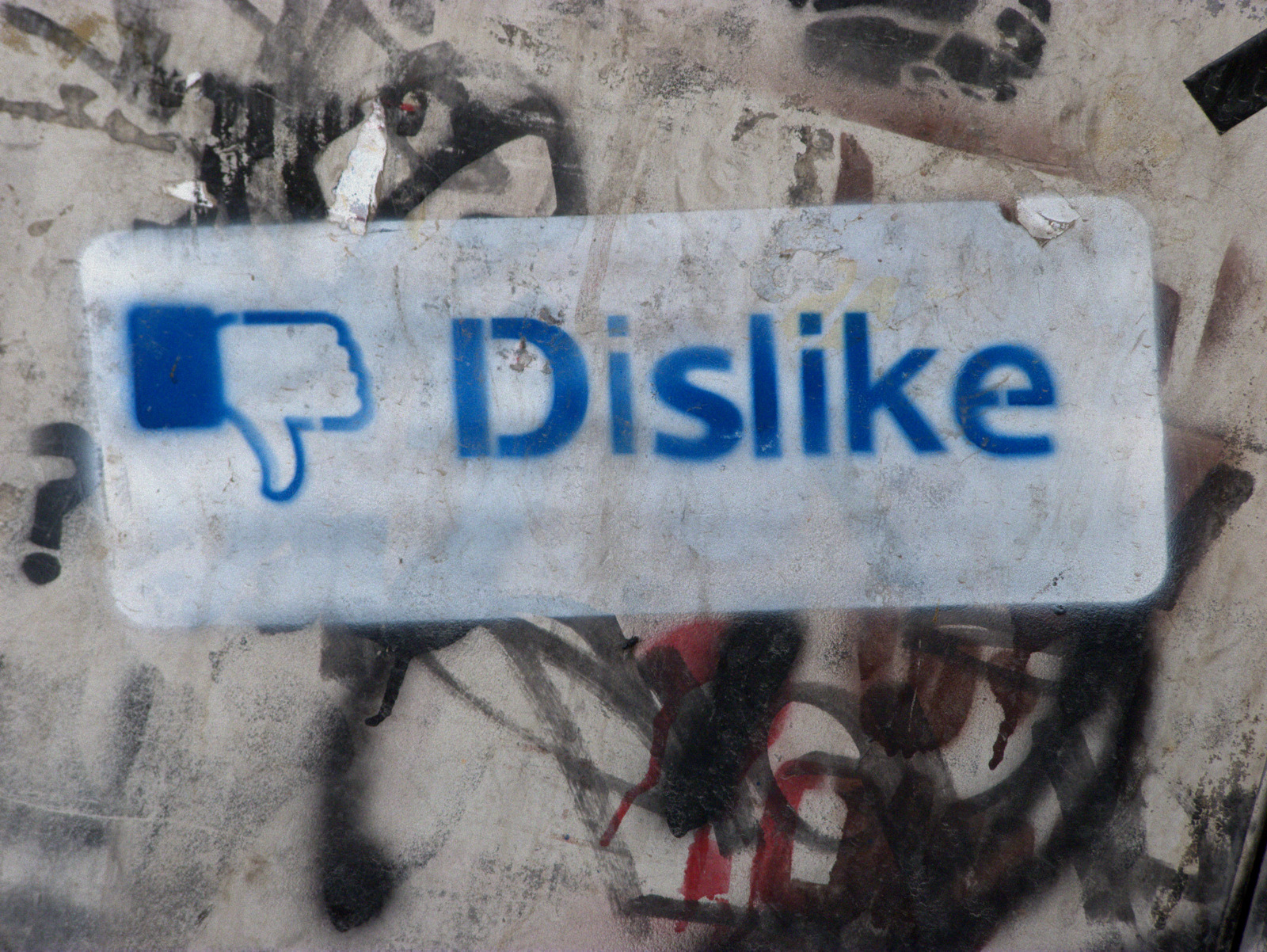
Facebook’s antics have cost them. People are now fed up with the tech giant, with users leaving the platform in search of sanity.
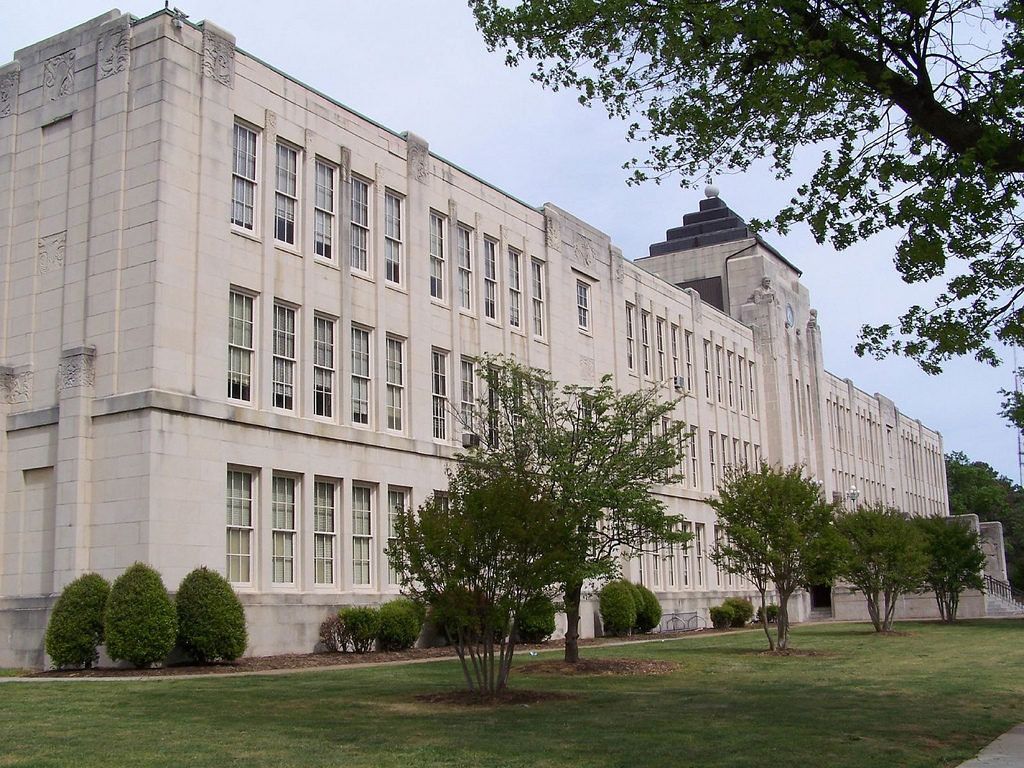
The Department of Education’s new accreditation requirements have now been implemented in Virginia, set to measure year-over-year progress in math, science, and English. Also, the plan will measure absenteeism, achievement gaps, and dropout rates to determine a school’s educational worthiness.

In Virginia’s first round of applications, the first wave of dispensaries will produce only CBD (cannabidiol) or THC-A (tetrahydrocannabinolic acid) oil, both said by medical professionals to have therapeutic benefits to ailing patients.
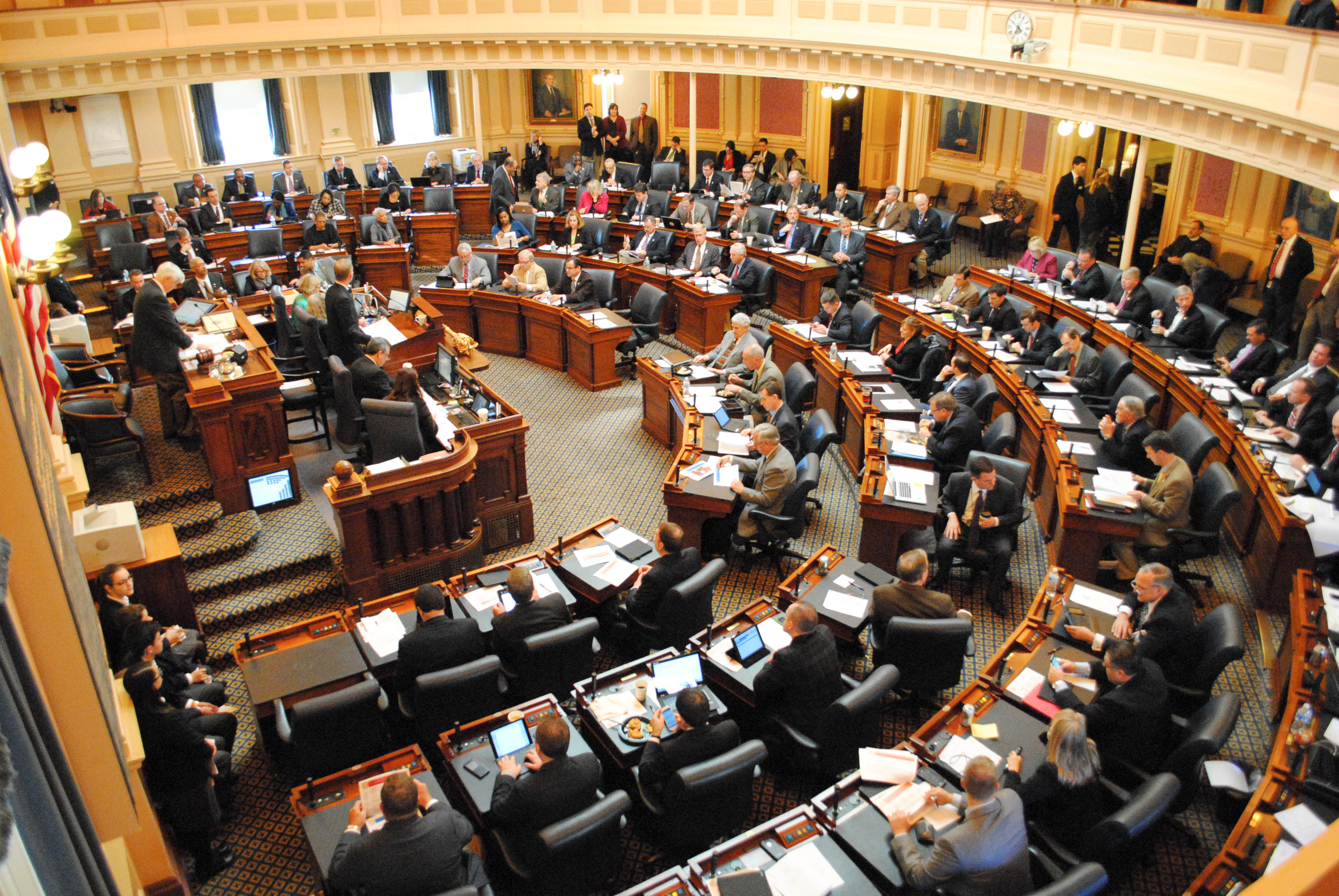
The 416-page appeal from the Republican speaker of the Virginia legislature prods the U.S. Supreme Court to consider “paradigmatic” errors made by the district court in their decision to declare 11 House districts unconstitutionally racially gerrymandered.

A drill may have been used to create the two millimeter-wide hole in the side of the Russian Soyuz MS-09 spacecraft connected to the ISS, leading to claims of deliberate sabotage.

The second round of federal tax cuts could be postponed until next year, after voters in high-tax states make their decisions at the ballot box in November.

Come all ye who seeketh to followeth the st’ry of the House Democrats and the quest to bewray the myst’rious mapeth mak’r.
More questions are surfacing as Democrats in the Virginia House of Delegates rolled out their “new and improved” legislative map last week, which alters 29 of the state’s 100 districts. After the release there was bipartisan criticism, with House Majority Leader Todd Gilbert (R-Page) calling it a “hypocritical partisan power grab,” and Delegate Stephen Heretick (D-Portsmouth) taking to floor to call the redistricting attempt a “self-serving, political power grab. It’s gerrymandering in response to gerrymandering. It’s tit-for-tat. It’s, in the immortal words of baseball great Yogi Berra, ‘it is deja vu all over again.'”
Recently, two top Democrats were questioned by the House Privileges and Elections committee about who exactly drew the new district boundaries. However, it seems that the party that drew lines, allegedly, doesn’t even know who did it.
And so beginneth the tale.
When questioned by Gilbert on who drew the new map, Delegate Lamont Bagby (D-Henrico), who is the patron of H.B. 7001, the bill to redistrict nearly one-third of the Commonwealth, said it was a “collective effort…I don’t know…the exact names…of the individuals.”
He then turned to Minority Leader David Toscano (D-Charlottesville) to take over answering the questions. Though, it didn’t get any better. In fact, it left the audience more confused.
“I have seen these maps,” Toscano said.
“We started with people…we had some consultants out of Washington, and we had other people who had map software, and we started movin’ precincts around, and as you move precincts around there’s a ripple effect and they go out into different districts. So, that’s how the map got produced,” he answered.
When asking about the mystery map makers, Gilbert asked Bagby: “Who would ‘they’ have been taking to, to express those concerns about racial issues?”
Bagby answered, “the map drawer.”
All ye who wisheth to traveleth through the labyrinth, tis furth’r than thee bethink. Timeth is sh’rt to expose the mapeth mak’r.
When Gilbert asked Toscano if he had “been on some of those calls,” which presumably was for Democratic input on the making of the new map with this mystery map maker or map drawer, the minority leader said, “I might have been on some of those calls.”
He added, “Ultimately, the map drawer…that person is in a better position to tell somebody the answer to the question.”
The mapeth mak’r knoweth all.
Jumping into the conversation, Delegate Mark Cole (R-Stafford) then asked: “Would it be possible for us to get a list of map drawers as you called them.”
“Well, I don’t know,” Toscano said bluntly.
Who so dareth bewray the mapeth mak’r?
“Look, we have a map,” Toscano responded while smirking. “If you don’t like the map, either you amend it, or you vote it down.”
The situation surrounding the saga of the mystery map maker is reminiscent of a fictitious story that would be featured as a “whodunit.” Even with members of their own party denouncing the re-drawing, one would think that the least that could be done would be to reveal who actually drew the new legislative map. That is, of course, if the Democrats know who did it – or maybe a random online map generator is to blame.
Did Shakespeare write his own plays? Who shot Tupac? What is covefe? Who drew the Democrats’ map? These are the toughest questions one must consider.